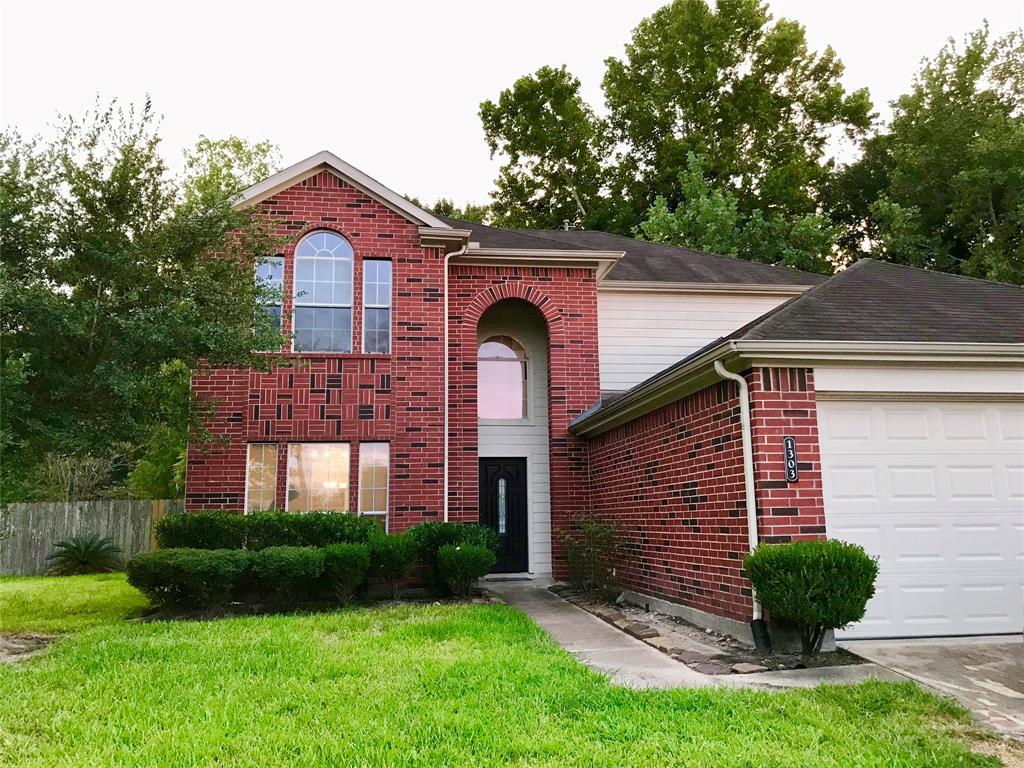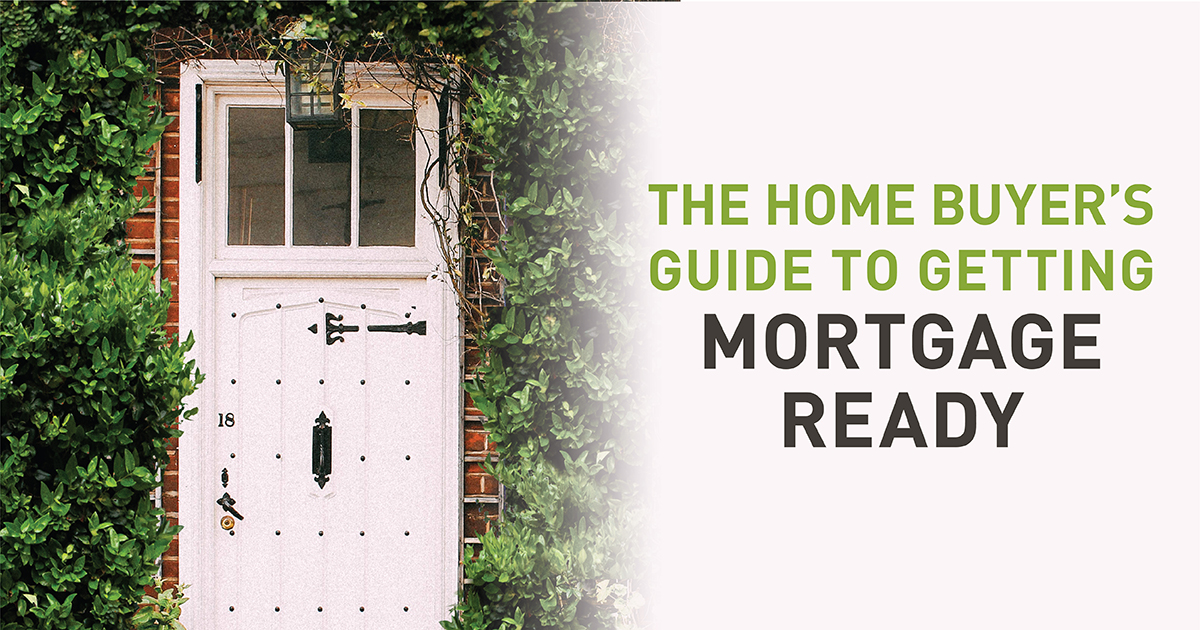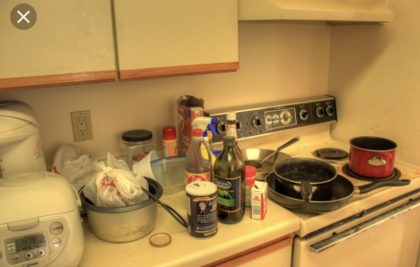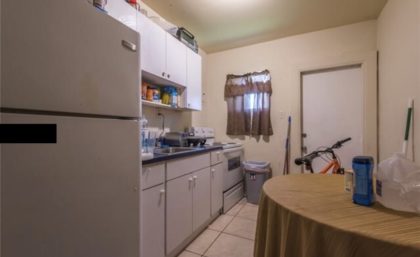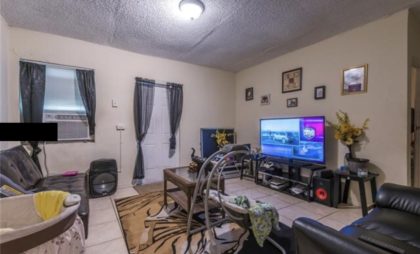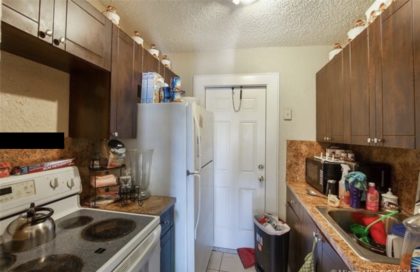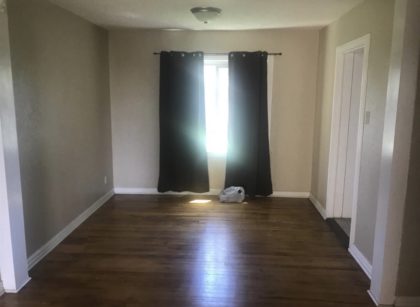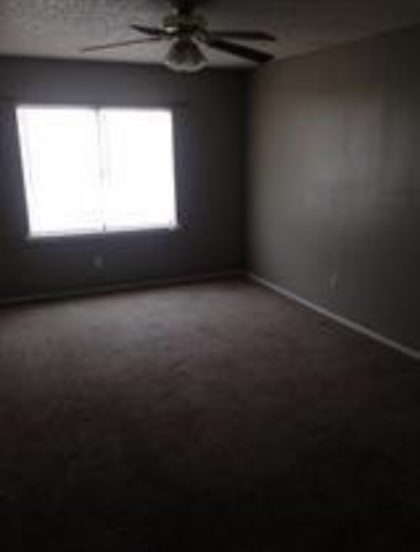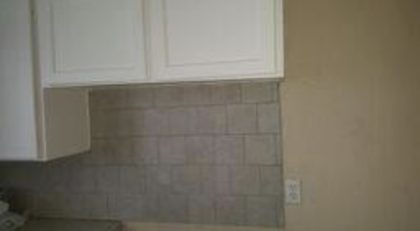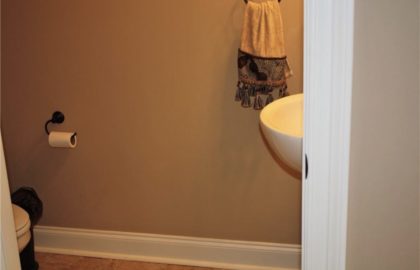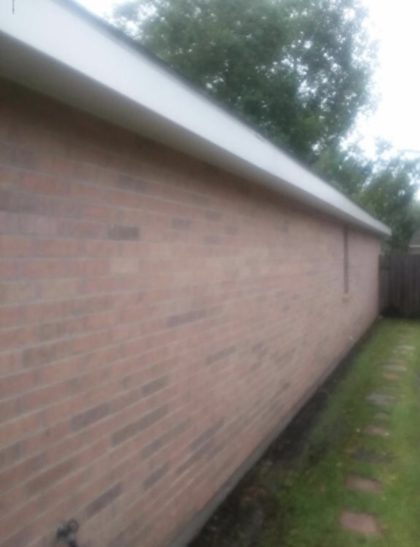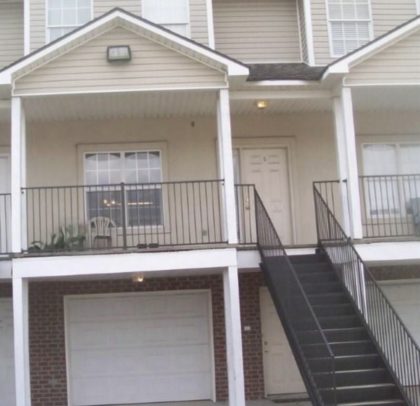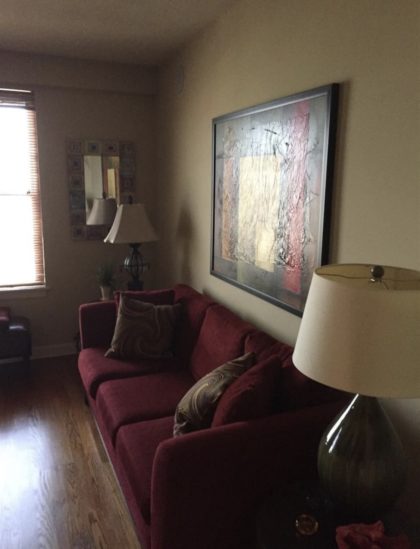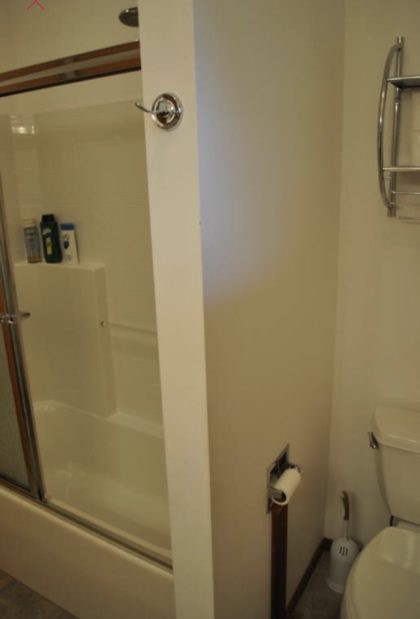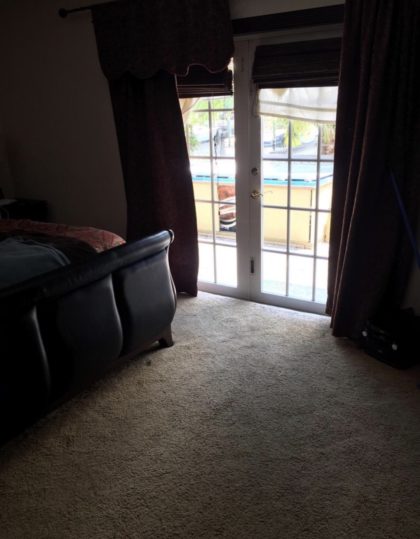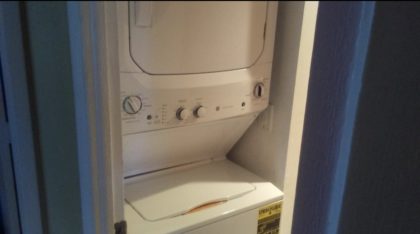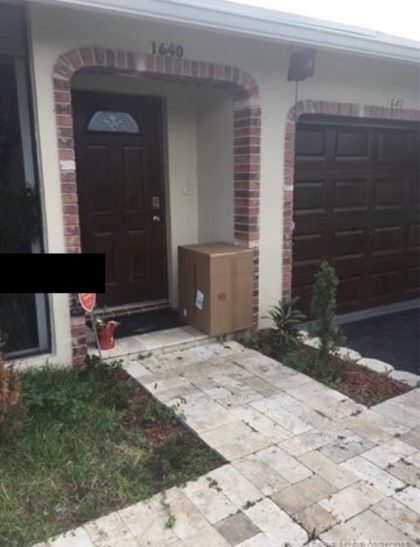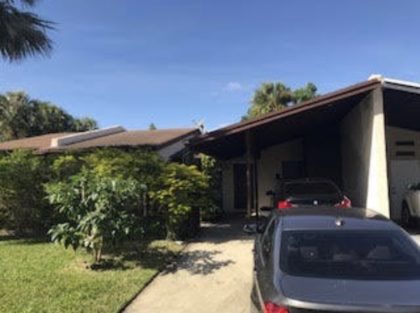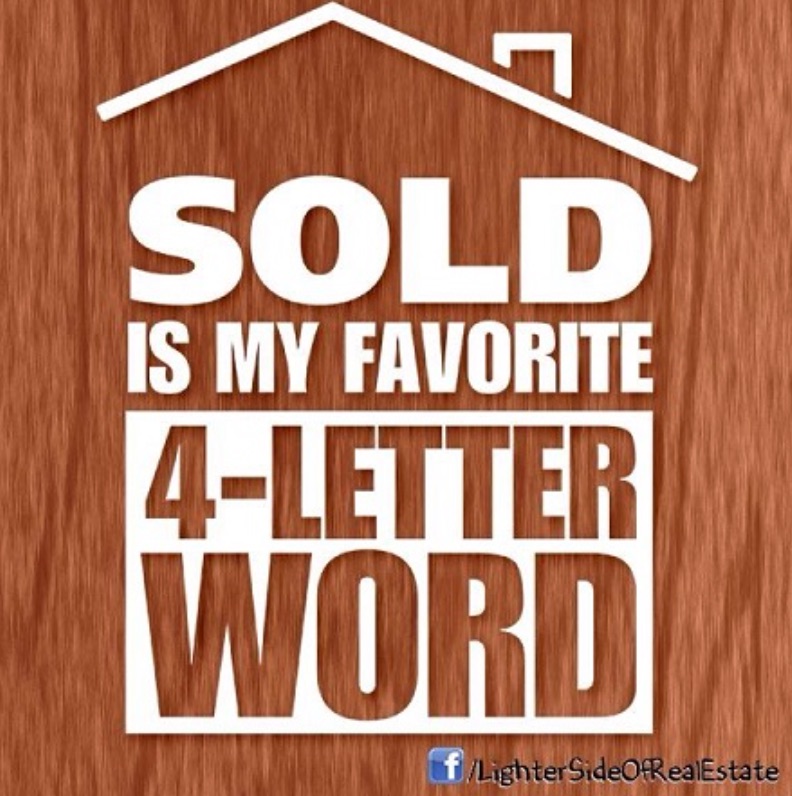Makes 4 patties
INGREDIENTS
- 1 lb beef or turkey
- 1 egg
- 1/2 cup of Italian style bread crumbs
- 1 tsp garlic salt
- 2 tbsp tomato pesto (or sun-dried tomato pesto)
- 1 cup grated cheese (I’ve used parmesan, provolone, mozzarella or a combination of these)
- 1/2 tsp black pepper
- 1 tbsp olive oil
- 4 buns
- 1 tomato sliced
- 1 small red onion sliced
- Green leaf lettuce or arugula
- Pesto or basil leaves (optional)
- 4 cheese slices – Mozzarella or provolone
DIRECTIONS
Mix ground meat with egg, bread crumbs, garlic salt, tomato pesto, grated cheese and black pepper. Mix well and found 4 patties. Heat a sauce pan with olive oil, place patties in pan and cook for 5 minutes on each side or until done to taste. Add sliced cheese and cook until melted. Toast buns, add condiments as desired. Enjoy!
VARIATIONS
- This same mixture can be turned into a meatloaf. Mix the same ingredients and top with a 1 cup of ketchup or tomato sauce. Place in greased loaf pan. Cook for 30 mins or until done. Serve with parmesan potatoes!
- This same mixture makes amazing meatballs. Mix the same ingredients and form 16 small meatballs. Brown the meat balls in olive oil and add your favorite spaghetti sauce.


